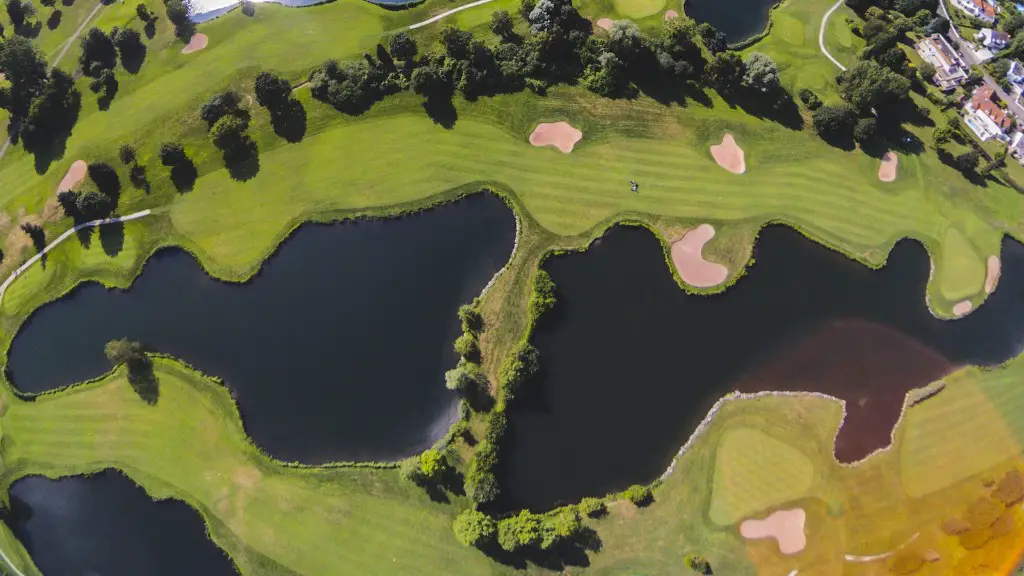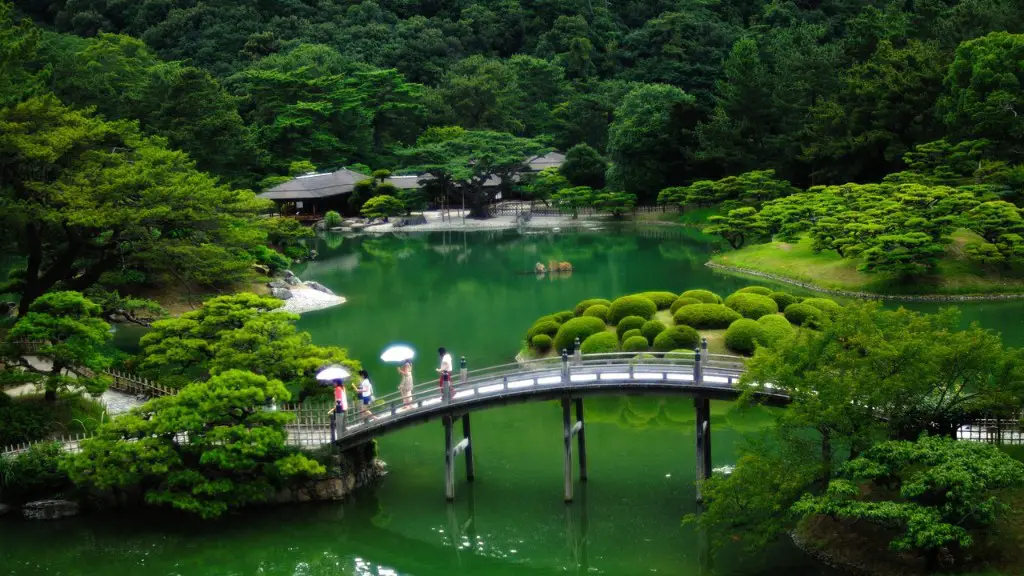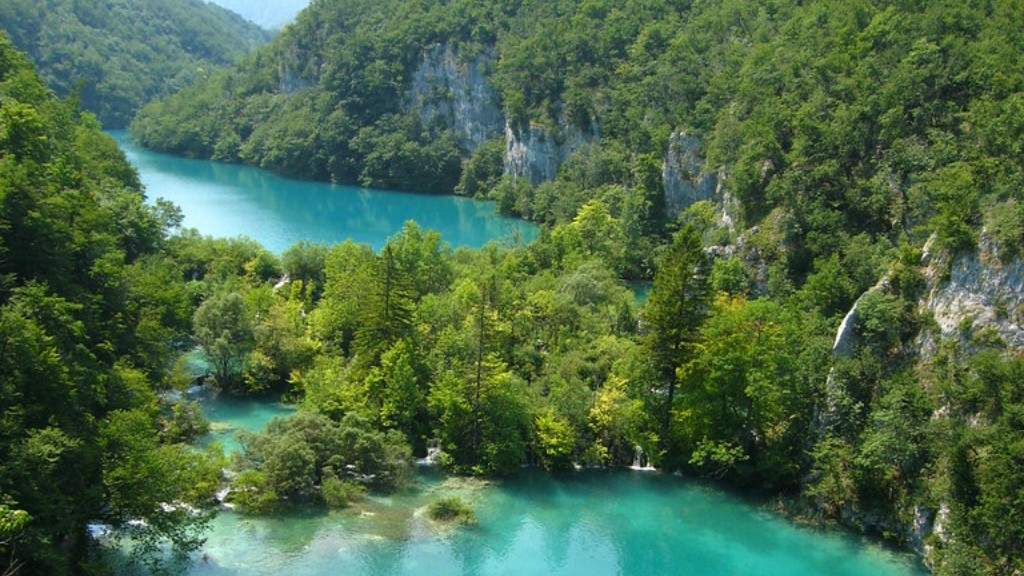Lake Victoria is known for its massive size and biodiversity, but few are aware of the danger that lies beneath, in the form of the invasive water hyacinth. This plant was originally native to South America, but has since spread globally and is now considered one of the most destructive invasive species on the planet. Its infestation of Lake Victoria is particularly alarming, as it threatens to smother the lake and all its biodiversity. But how did this invasive species get to Kenya’s largest lake?
According to experts, the water hyacinth was introduced to the lake in the 1990s. Human activities, such as the introduction of fish species, have been attributed as the main cause for its spread. Since then, it has cost the Kenyan government millions in resources to control the invasive species. It is estimated that about 70% of the lake’s surface area is now covered in the plants.
The hyacinth has proven to be a challenge for local communities who rely on the lake for food, water, and fishing. The thick webs of hyacinth can block fishing boats from accessing areas, depriving locals of their livelihood. In turn, this has had serious economic and social consequences for those living around the lake.
In an effort to contain the infestation, the Kenyan government has undertaken a series of control measures, such as chemical spraying and mechanical means. While these methods have seen some success, they are also costly, time-consuming, and can have negative environmental effects. As such, some experts are hopeful that biocontrol may offer a more sustainable and cost-effective solution.
Biocontrol is an approach that seeks to use natural predators of a species to control the population level. In the case of water hyacinth, the main biocontrol options include the weevils Neochetina eichhorniae, Neochetina bruchi, and Cyrtobagous salviniae. The weevils feed on the plants, reducing their reproductive success, and are proven to be effective in controlling infestations.
Furthermore, there are other measures that can be used to control the water hyacinth, such as the construction of barriers to physically block the spread of the plants. Additionally, raising public awareness about the impacts of the hyacinth can involve local communities in the fight against the infestation and put pressure on the government to invest more in control measures.
In conclusion, while the water hyacinth is making life difficult for locals and damaging the biodiversity of Lake Victoria, it is possible to control the infestation through a mix of chemical, mechanical, and biocontrol methods. It is also beneficial to raise awareness among the people living around the lake and push for more funding to fight the water hyacinth.
Environmental Impact
The presence of water hyacinth has had a severe environmental impact on Lake Victoria. Its thick webs smother the lake, blocking out sunlight and oxygen. This leads to reduced primary production, as aquatic plants cannot thrive and in turn affects the food chain, as the reduced biomass cannot support the same amount of fish and other wildlife. Studies have shown that the lake has lost vast amounts of biodiversity since the introduction of the water hyacinth.
Additionally, the water hyacinth has had a devastating effect on water quality, as its dense carpets provide a fertile breeding ground for disease-causing microbes. These pollutants make the water unfit for human uses, such as drinking, cooking, and swimming, thus significantly reducing the quality of life in affected communities.
Furthermore, the hyacinth has an increased water-Holding capacity, which causes flooding during periods of heavy rainfall. This can inflict yet more damage on the local environment, displacing communities, damaging crops, and spreading diseases.
In summary, the proliferation of the water hyacinth in Lake Victoria has had serious environmental effects, not only reducing biodiversity and water quality, but also increasing the risk of flooding for local communities.
Economic Impact
The water hyacinth has had a detrimental effect on the economy of the lake’s surrounding areas. The dense webs of the plants make navigation on the lake difficult and time-consuming, disrupting fishing and transportation activities. This delays deliveries and affects the incomes of livelihoods that rely on the lake.
Additionally, it has been estimated that controlling the hyacinth costs the Kenyan government millions. Chemical treatments and mechanization to remove the plants are costly, while the physical eradication process requires a huge labour force, further straining resources.
Furthermore, the environmental effects of the hyacinth have also had economic implications. For example, the reduced water quality has led to an increase in water-borne diseases, burdening health systems with more medical expenses and ultimately, costing the government money.
In summary, the water hyacinth has had a serious economic impact on Lake Victoria’s surroundings, with costly control measures and indirect expenses such as increased health costs.
Social Impact
The water hyacinth has also had a major social impact on local communities. Traditionally, the lake has been a source of subsistence for locals, providing food and jobs. However, the infestation has depleted the availability of fish and disrupted transport and other activities related to the lake, thus depriving people of sources of sustenance.
Also, the water hyacinth has further increased poverty levels in affected areas, as often the affected communities lack the resources needed to fight the infestation. Furthermore, water-borne diseases such as cholera are on the rise due to the infestation, and this disproportionately affects the poor, who cannot afford healthcare and are thus more vulnerable.
Generally, it can then be said that the water hyacinth has wide-reaching social implications, impairing access to resources, exacerbating poverty levels, and increasing the prevalence of water-borne diseases, making life difficult for those dependent on Lake Victoria.
Conclusion
The presence of water hyacinth in Lake Victoria is an ongoing problem, with costly control measures and devastating environmental, economic and social impacts. Its introduction was likely due to human activities, and so it is up to us to find a solution to the infestation. Biocontrol and other measures have seen some success, and thus it is important to continue to invest in such solutions, as well as raising public awareness about the issue, in order to control and contain the water hyacinth and ultimately, protect Lake Victoria from further destruction.




